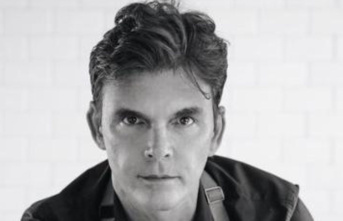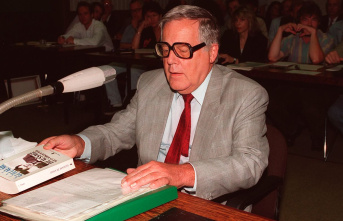Despite the recent turbulence in the banking sector, the US Federal Reserve is not going to be dissuaded from its fight against high inflation and is raising its key interest rate again by 0.25 percentage points. Now this is in the range of 4.75 to 5.0 percent, as announced by the Federal Reserve (Fed).
It is the ninth increase in a row - but the US Federal Reserve is continuing its moderate course. In making its decision, the Fed had to weigh up the balance between calming concerns in the banking sector and fighting high consumer prices.
In the past year, the Fed raised the key interest rate by an impressive 0.75 percentage points several times, but recently slowed down and also opted for a small interest rate hike of 0.25 percentage points in February. Recent data shows that high inflation is on the wane in the world's largest economy.
However, Fed Chair Jerome Powell indicated at the beginning of March that larger jumps could be possible again. However, the banking crisis surrounding the Silicon Valley Bank is likely to have represented an obstacle to further significant interest rate hikes. The sharp rise in interest rates is considered one of the reasons for the problems in the American banking sector.
New inflation rate estimates
The US Federal Reserve has now published new estimates of the inflation rate. It expects inflation to be slightly higher than previously assumed for the current year. The inflation rate is expected to average 3.3 percent. The medium-term inflation rate desired by the Fed is two percent - and the new figures are still a long way from that.
The Fed is also forecasting slightly lower economic growth for this year than assumed three months ago. The gross domestic product (GDP) of the world's largest economy will grow by 0.4 percent in 2023. That would be 0.1 percentage points less than forecast in December.
Before the decision was made, some experts had not even considered a pause in interest rate hikes to be out of the question given the problems in the banking sector. Fed boss Powell obviously didn't want to take this step after all - and so the Fed is instead showing its determination in the fight against high consumer prices. The decision-makers at the Fed expect the key interest rate to average 5.1 percent by the end of the year. An average of 4.3 percent is expected for 2024.
Inflation still too high
Interest rate policy is a balancing act for the Fed: it has to show that it takes the turbulence in the banking sector seriously - while at the same time not letting up in the fight against high consumer prices. High inflation in the USA is continuing to weaken. In February, US consumer prices increased by 6.0 percent compared to the same month last year. However, inflation is still too high.
The trigger for the banking crisis at the beginning of March was the liquidation of the US financial group Silvergate Capital, which is geared towards the crypto industry. A few days later, the US money house Silicon Valley Bank, which specializes in start-up financing, was placed under the control of the US deposit insurance company FDIC and closed. Other small banks stumbled. In Europe, the major Swiss bank Credit Suisse fell into the crisis.











